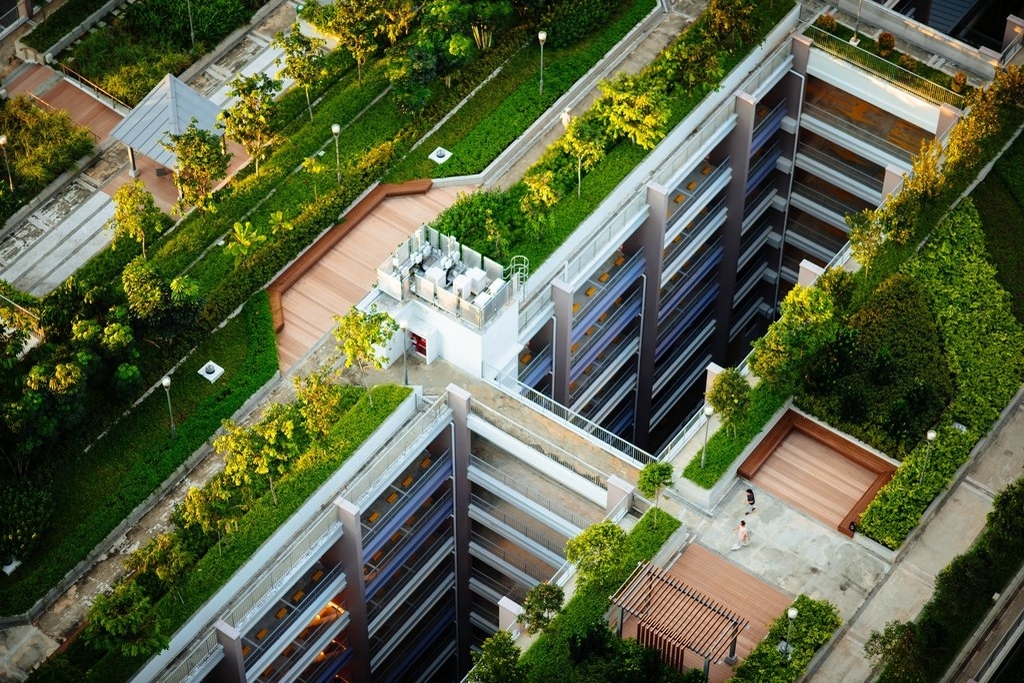Little Known Questions About City Blooming.
Little Known Questions About City Blooming.
Blog Article
How City Blooming can Save You Time, Stress, and Money.
Table of ContentsThe 10-Minute Rule for City BloomingThe City Blooming IdeasFascination About City BloomingCity Blooming Fundamentals ExplainedThe smart Trick of City Blooming That Nobody is Talking About
Intrigued in growing food offer for sale in the City of Chicago? Thinking of beginning an area garden? Adjustments to the Chicago Zoning Regulation enable agricultural usages like neighborhood gardens and urban farms in lots of components of the city. Below is a listing of frequently asked inquiries regarding the rules and policies that cultivators ought to think about when planning an urban farming job.
The zoning change does not modify any various other codes dealing with composting, structure permits, acquiring or renting City owned residential property, service licenses or environmental contamination. There are existing codes that manage these problems and they continue to be in complete impact and might be suitable to your task. Area gardens are usually owned or handled by public entities, civic companies or community-based organizations and preserved by volunteers.
Urban farms expand food that is intended to be marketed, either on a nonprofit or for-profit basis. Due to their commercial function, city ranches require a company certificate. Yes. A community garden is permitted to sell excess generate that was expanded on site if the sales are accessory or subservient to the yard's key purpose explained over.
The Ultimate Guide To City Blooming
Composting is allowed but only for plant material that is produced and made use of on website. The amount of compost product can not exceed 25 cubic backyards at any provided time according to the standards in 7-28-715 of the City's Municipal Code. Yes. Due to the fact that the soil at most brand-new yard websites requires modifying, compost, dirt, wood chips, or other products can be acquired to create or enhance the expanding area - home and garden.

If a building license is required then the hoophouse will be thought about an accessory building. You can learn even more regarding the building license requirements by speaking to the Division of Buildings. The 25,000-square-foot size limitation is planned to avoid a solitary area garden from controling an offered block or interfering with the block's existing residential or industrial personality.
The limitation does not apply to yards situated in Public Open Space (POS) districts. Can there be more than one neighborhood yard that is 25,000 square feet on a solitary block? Yes. The size limit uses to individual yards, not to individual blocks. No. Fencing is not needed, nonetheless, gardens that have huge parking locations might be called for to mount secure fencing or various other landscape design attributes.
Not known Details About City Blooming
B1 & B2 districts require that all industrial use activities be carried out indoors. R areas limit business task. The regulations reflect the purpose and intent of the Zoning Code. Is fencing required for urban ranches? Yes. Fencings might be called for, together with landscape design and testing, for certain parking lot and outdoor job or storage space locations depending upon area and the specific task occurring.
Urban ranches need building permits and zoning approvals prior to building and construction (container and raised bed gardening etc.). Other types of city testimonial might be called for depending on certain frameworks, activities, dimension, landscaping, licensing, public heath and stormwater administration concerns.
Yes. The sort of license is determined by what is happening at the site. The Department of Service Affairs and Customer Security can assist identify the certain sort of company certificate that's needed. Yes. Off road car parking is needed for most industrial tasks in Chicago. The needed number of garage is based on the Discover More number of employees servicing site and not the square footage of the expanding area.
The smart Trick of City Blooming That Nobody is Talking About

Yes. A city farm can sell compost material generated on site, nevertheless, the operation should follow the regulations in 7-28-715 of the Chicago Municipal Code. Yes. Aquaponic systems are enabled indoors on metropolitan ranches in many zoning areas. A zoning testimonial and structure permit is needed in order to mount frameworks or systems and a company permit is needed as described over.
Approximately five hives or colonies of honey bees may be maintained as an accessory usage. Beekeepers must register with the Illinois Department of Agriculture. To learn more regarding the recommended zoning modification you may call the Department of Housing and Economic Development, Bureau of Planning and Zoning at 312.744.8563.
Farming in cities and metropolitan areas A metropolitan farm in Chicago. Urban agriculture refers to different methods of cultivating. https://www.storeboard.com/cityblooming, handling, and dispersing food in metropolitan locations. The term likewise puts on the location activities of animal husbandry, aquaculture, beekeeping, and cultivation in a city context. Urban farming is distinguished from peri-urban agriculture, which takes location in rural locations at the edge of suburban areas.
Everything about City Blooming
, who seek to create social networks started on a common principles of nature and area holism. These networks can establish by means of official institutional support, coming to be incorporated into neighborhood town preparation as a "shift community" movement for lasting metropolitan development.
Some of the first evidence of metropolitan agriculture comes from Mesopotamia.
Report this page